Ever wondered who ensures your goods travel smoothly across the globe? Meet the shipping lines, the vessel owners moving your cargo from port to port, and the freight forwarders, the logistics experts managing the entire shipping process. While shipping lines handle the transportation, freight forwarders coordinate shipments, manage documentation, and ensure timely delivery. Understanding their distinct roles is key to optimizing your supply chain.
Let’s explore the difference between shipping line and freight forwarder and how each contributes to global trade and which might be the right choice for your business.
What’s a Freight Forwarder and a Shipping Line?
A freight forwarder is a logistics service provider that manages the entire shipping process on behalf of businesses. Freight forwarders do not own ships, planes, or trucks—instead, they arrange transportation and ensure that cargo reaches its destination efficiently.
A shipping line (also called an ocean carrier) is a company that owns, operates, and manages cargo ships transporting goods across international waters. Unlike freight forwarders, shipping lines are directly responsible for physically moving cargo between ports.
Understanding Roles and Responsibilities of Shipping Lines
Shipping Lines are the backbone of global trade. Let’s breakdown their key roles and responsibilities:
1. Cargo Transportation Across Global Trade Routes
The primary role of a shipping line is to transport goods by sea. These companies operate container ships, bulk carriers, tankers, and specialized vessels that move various types of cargo, including:
- Containerized Cargo – Goods packed in standardized 20-foot (TEU) or 40-foot (FEU) containers.
- Bulk Cargo – Commodities such as coal, grain, and minerals transported in bulk carriers.
- Liquid Cargo – Oil, chemicals, and liquefied natural gas (LNG) carried in tanker ships.
- Project Cargo – Oversized equipment, machinery, and infrastructure materials.
Shipping lines optimize their routes based on global demand, fuel efficiency, and port accessibility.
2. Fleet & Vessel Management
Shipping lines own and operate large fleets of vessels that travel on fixed schedules, covering major trade lanes like:
- Trans-Pacific Trade Route (Asia to North America)
- Asia-Europe Route
- Transatlantic Route (North America to Europe)
- Intra-Asia Shipping
These fleets require constant maintenance, safety inspections, and regulatory compliance with international maritime laws. Shipping lines invest in fuel-efficient and eco-friendly vessels to reduce emissions and operational costs.
3. Managing Port Operations: Loading and Unloading Cargo
Once a ship arrives at a port, the shipping line coordinates loading and unloading operations. This involves:
- Working with terminal operators to ensure efficient cargo movement.
- Supervising container stacking for proper storage and retrieval.
- Minimizing port delays to keep supply chains running smoothly.
Port congestion and delays can significantly impact global trade, so shipping lines optimize their schedules to maintain efficiency.
4. Offering Container Leasing & Equipment Management
Shipping lines own, lease, and manage shipping containers, ensuring businesses have access to the right container types, such as:
- Dry Containers (Standard 20ft & 40ft) – Used for general cargo like electronics, textiles, and food products.
- Refrigerated Containers (Reefers) – Transport perishable goods like fruits, dairy, and pharmaceuticals.
- Open-Top & Flat-Rack Containers – Used for oversized machinery and heavy equipment.
- Tank Containers – Designed for transporting chemicals and liquid cargo.
Shipping lines ensure container availability at major ports and provide leasing options for long-term cargo movement.
5. Freight Rates & Contract Negotiations
Shipping lines set freight rates based on:
- Fuel Costs (Bunker Adjustment Factor – BAF)
- Cargo Demand & Supply
- Container Space Availability
- Seasonal Fluctuations (e.g., Peak Shipping Seasons)
They offer two types of contracts:
- Spot Rates: One-time shipping rates based on current market conditions.
- Long-Term Contracts: Fixed rates for high-volume shippers, ensuring cost stability.
Businesses that ship large volumes often negotiate better freight rates directly with shipping lines.
Major Shipping Lines in the World:
- Maersk Line (Denmark)
- MSC (Mediterranean Shipping Company) (Switzerland)
- CMA CGM (France)
- Hapag-Lloyd (Germany)
- Evergreen Line (Taiwan)
- COSCO Shipping (China)
When Should You Work Directly With a Shipping Line?
- If you have bulk cargo and can handle shipping logistics in-house.
- When you prefer direct contracts with carriers to negotiate lower freight rates.
- If you have an in-house team that manages customs and documentation.
- When you need to ship full containers (FCL) regularly and want long-term partnerships.
Understanding Roles and Responsibilities of Freight Forwarder
Freight Forwarders are crucial in reducing delays, optimizing costs, and ensuring seamless trade operations.
Let’s explore their key responsibilities in detail:
1. Arranging and Booking Shipments
Freight forwarders coordinate shipments by selecting the most suitable transportation mode—sea, air, road, or rail—based on cost, delivery speed, and cargo type. They negotiate rates with shipping lines, airlines, and trucking companies, ensuring businesses get the best logistics solutions.
- For urgent shipments, they arrange air freight for faster delivery.
- For bulk cargo, they book ocean freight to optimize costs.
- For regional deliveries, they schedule trucks and rail freight.
2. Managing Documentation & Customs Clearance
Freight Forward handles customs clearance, ensuring that shipments comply with the import/export regulations of different countries. Freight forwarders prepare and verify essential shipping documents, including:
- Bill of Lading (BOL): A contract between the shipper and carrier.
- Commercial Invoice & Packing List: Details about the shipped goods.
- Import & Export Permits: Required for restricted items.
- Certificates of Origin: Proof of the product’s country of manufacture.
3. Cargo Insurance & Risk Management
Freight forwarders help businesses secure cargo insurance, protecting shipments against damage, theft, or loss. Since international shipping involves various risks—bad weather, accidents, or piracy—having the right insurance is crucial.
Types of cargo insurance include:
- All-risk coverage: Covers most risks except for specific exclusions.
- Named-perils coverage: Protects against specified risks (e.g., fire, collision).
- Warehouse-to-warehouse coverage: Extends protection beyond shipping to storage.
4. Warehousing, Storage, and Distribution
Freight forwarders often provide temporary storage solutions before final delivery. Many businesses store goods in warehouses near ports for easy access and smooth distribution.
Their warehousing services include:
- Cross-docking: Directly transferring goods from inbound to outbound shipments without long-term storage.
- Inventory Management: Tracking stock levels to prevent overstocking or shortages.
- Order Fulfillment & Distribution: Managing last-mile deliveries to customers.
For streamlined warehousing, optimized inventory management, and seamless order fulfillment, Intoglo offers end-to-end logistics solutions tailored to your business needs. Partner with Intoglo today to enhance your supply chain efficiency.
5. Cargo Consolidation & Cost Optimization
Small and medium businesses may not have enough cargo to fill an entire shipping container (FCL – Full Container Load). Freight forwarders consolidate multiple shipments into one container (LCL – Less than Container Load) to reduce costs.
Benefits of cargo consolidation:
- Lower shipping costs by sharing container space.
- More frequent shipments, reducing lead times.
- Better cargo security, as containers are sealed before shipping.
6. Shipment Tracking & Customer Support
Freight forwarders track shipments in real-time, providing businesses with updates on delivery status. They use advanced tracking systems and GPS technology to monitor cargo movement.
- They identify potential delays due to customs issues, port congestion, or weather conditions.
- They provide solutions like rerouting or expedited shipping if necessary.
- They offer customer support to resolve shipping-related concerns.
Also Read: How To Choose The Best Freight Forwarder For FCL DDP Shipments?
Why Choose Intoglo as Your Freight Forwarder?
Intoglo is a direct logistics provider from India to the USA that works straight with major shipping lines, truckers, and customs brokers without relying on third-party agents. This removes additional layers of delays and extra costs, making your shipping process faster, more efficient, and cost-effective. Whether you’re a first-time exporter or a large enterprise, Intoglo ensures a smooth shipping experience from customs clearance to last-mile delivery.
Key features of Intoglo’s cross-border logistics services:
- Global Team Support: Operates in India and USA time zones, ensuring real-time assistance and swift resolution of shipping queries.
- Instant Rates on Full Container Loads: Get instant pricing for FCL shipments from India to the USA, helping you plan costs effectively.
- 50+ Warehouses Across the USA: Secure storage and faster distribution with an extensive warehouse network strategically positioned in major locations.
- End-to-End Shipment Visibility with Glotrack: Track every stage of your shipment—from pickup to final delivery—using Intoglo’s Glotrack tracking module. Get real-time updates, manage multiple shipments, and receive WhatsApp notifications.
- Diverse Clientele & Industry Experience: Trusted by 200+ clients, including MSMEs, D2C brands, and enterprises—Intoglo tailors solutions based on specific shipping needs.
- In-House Compliance & Pre-Screening: Intoglo’s compliance team pre-screens shipments before departure, ensuring hassle-free customs clearance and eliminating unexpected regulatory hurdles.
For businesses looking to streamline India-to-USA logistics without unnecessary intermediaries, Intoglo provides a direct, cost-efficient, and transparent shipping solution.
Get in touch with FCL shipping experts for a free consultation.
Key Differences Between Shipping Lines and Freight Forwarders
The table below highlights the key differences between shipping lines and freight forwarders, helping you understand their roles, responsibilities, and service scope more clearly.
| Aspect | Shipping Line | Freight Forwarder |
| Ownership of Assets | Owns and operates cargo ships and containers. | Does not own ships; acts as an intermediary arranging transport. |
| Liability for Goods | Responsible for cargo while it is on their vessel. Offers limited liability based on shipping contracts. | Not liable for cargo loss or damage but ensures smooth logistics management and customs compliance. |
| Extent of Service | Provides port-to-port shipping only—responsible for moving goods between ports. | Offers comprehensive shipping management, including customs clearance, warehousing, and last-mile delivery. |
| Transportation Flexibility | Operates on fixed schedules and trade routes with limited flexibility. | More flexible shipping options—chooses the best carriers, routes, and transport modes (air, sea, rail, road). |
| Customs Clearance | Not responsible for customs clearance. Cargo owners must arrange this separately. | Handles customs documentation and clearance, ensuring shipments comply with import/export regulations. |
| Post-Customs Responsibilities | No responsibility after unloading at the port. | Arranges post-customs transport, including inland trucking and last-mile delivery. |
| Warehousing & Storage | Limited or no warehousing services. Cargo must be picked up immediately after port arrival. | Offers warehousing, consolidation, and inventory management before and after shipping. |
| Cargo Consolidation | Ships full container loads (FCL) but does not consolidate smaller shipments. | Consolidates LCL (Less-than-Container Load) shipments for cost savings. |
| Cost Efficiency | Suitable for businesses shipping high volumes that can negotiate direct contracts. | Helps smaller businesses optimize shipping costs through cargo consolidation and multimodal transport. |
| Tracking & Shipment Visibility | Provides basic vessel tracking, but no detailed real-time shipment updates. | Offers detailed shipment tracking, including cargo status updates, route changes, and delivery timelines. |
Which One Do You Need?
- Use a freight forwarder if you need an end-to-end logistics partner to handle customs, paperwork, and coordination.
- Work with a shipping line if you have bulk cargo and can manage customs and documentation independently.
Choosing between a freight forwarder and a shipping line depends on your shipping volume, logistics expertise, and operational needs. In many cases, businesses rely on both—shipping lines for transportation and freight forwarders for logistics management.
Conclusion
Deciding between a shipping line and a freight forwarder comes down to your logistics requirements. Shipping lines handle port-to-port transport, while freight forwarders manage the entire shipping process, including customs, warehousing, and last-mile delivery.
For businesses shipping from India to the USA, working with a provider that offers direct logistics solutions can help streamline the process. Intoglo operates from all major Indian ports, including Nhava Sheva, Mundra, Pipavav, and key ICDs like Garhi, Tughlakabad, and Dadri, ensuring seamless transportation with PAN India pickups.


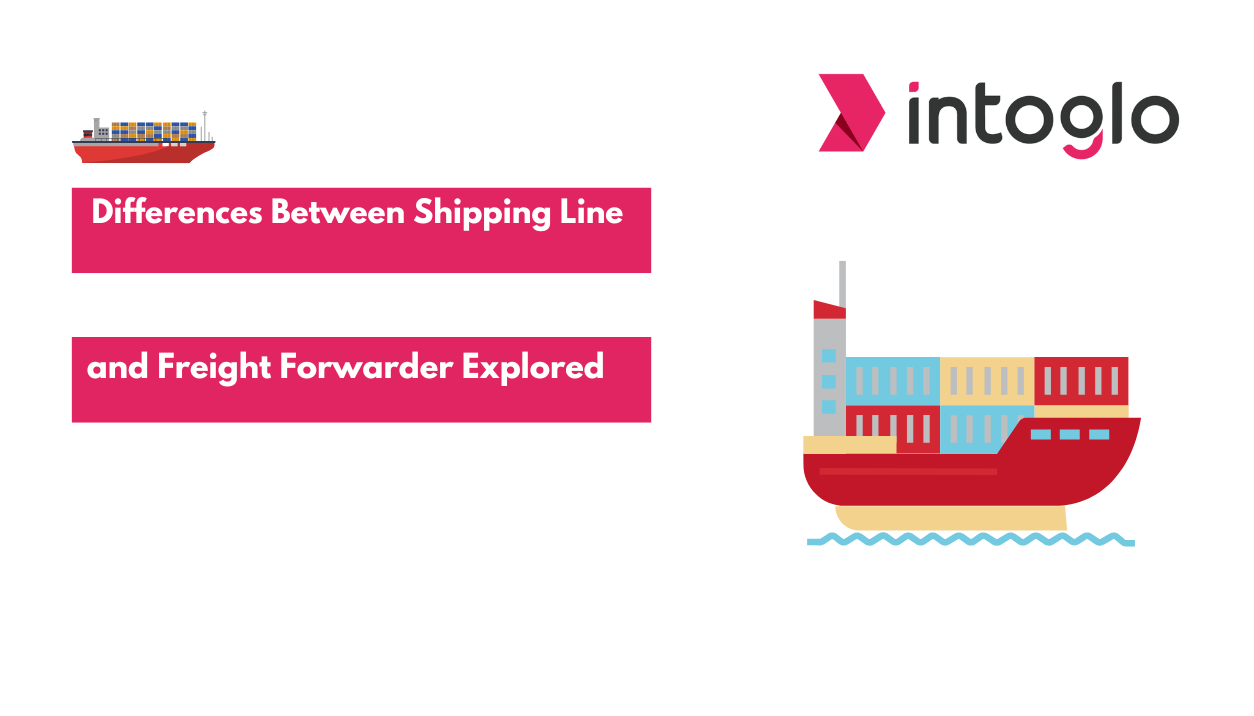
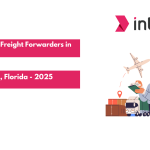
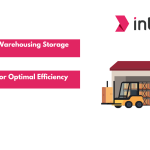
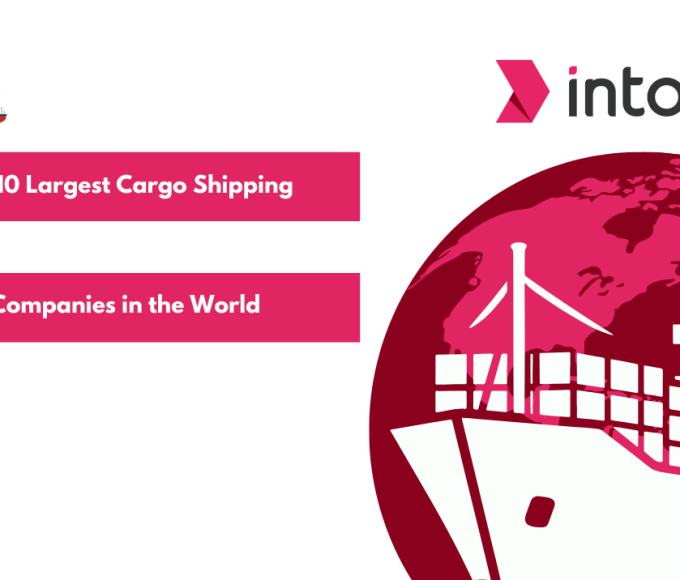
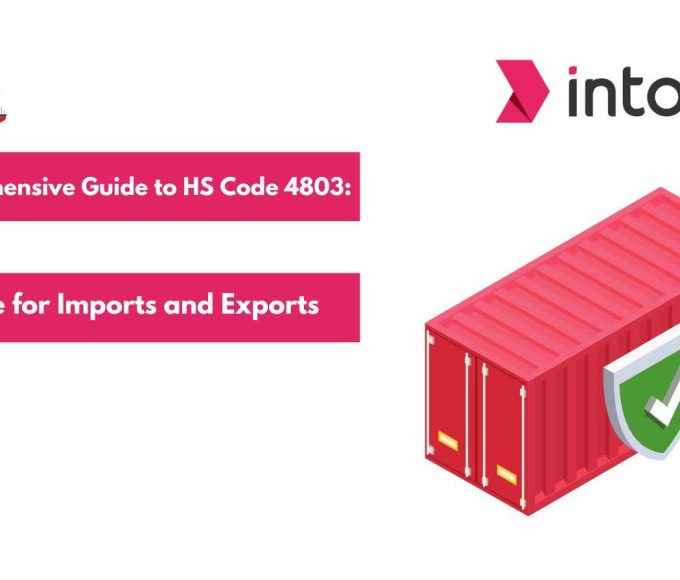
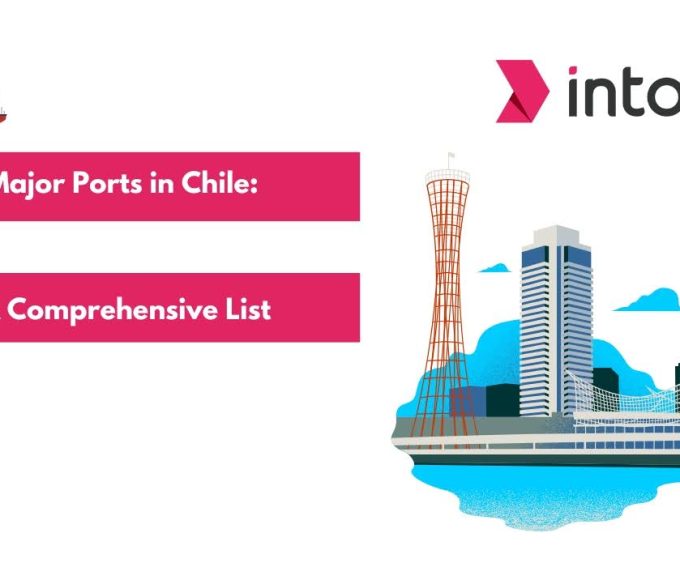
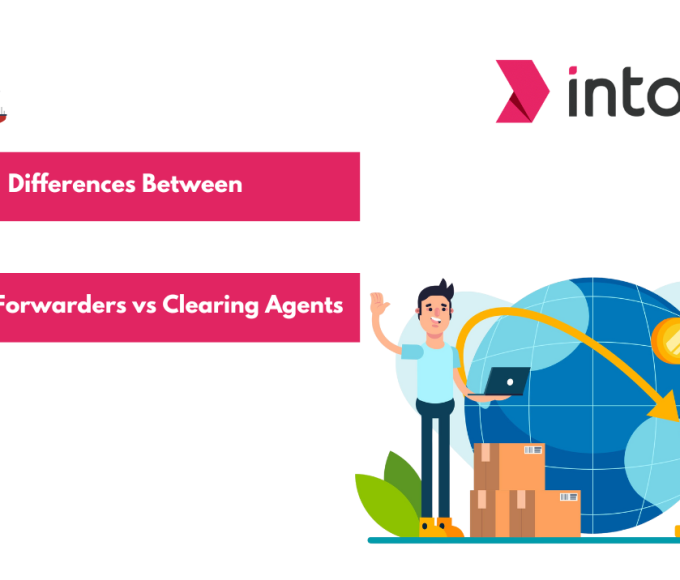
Leave a comment